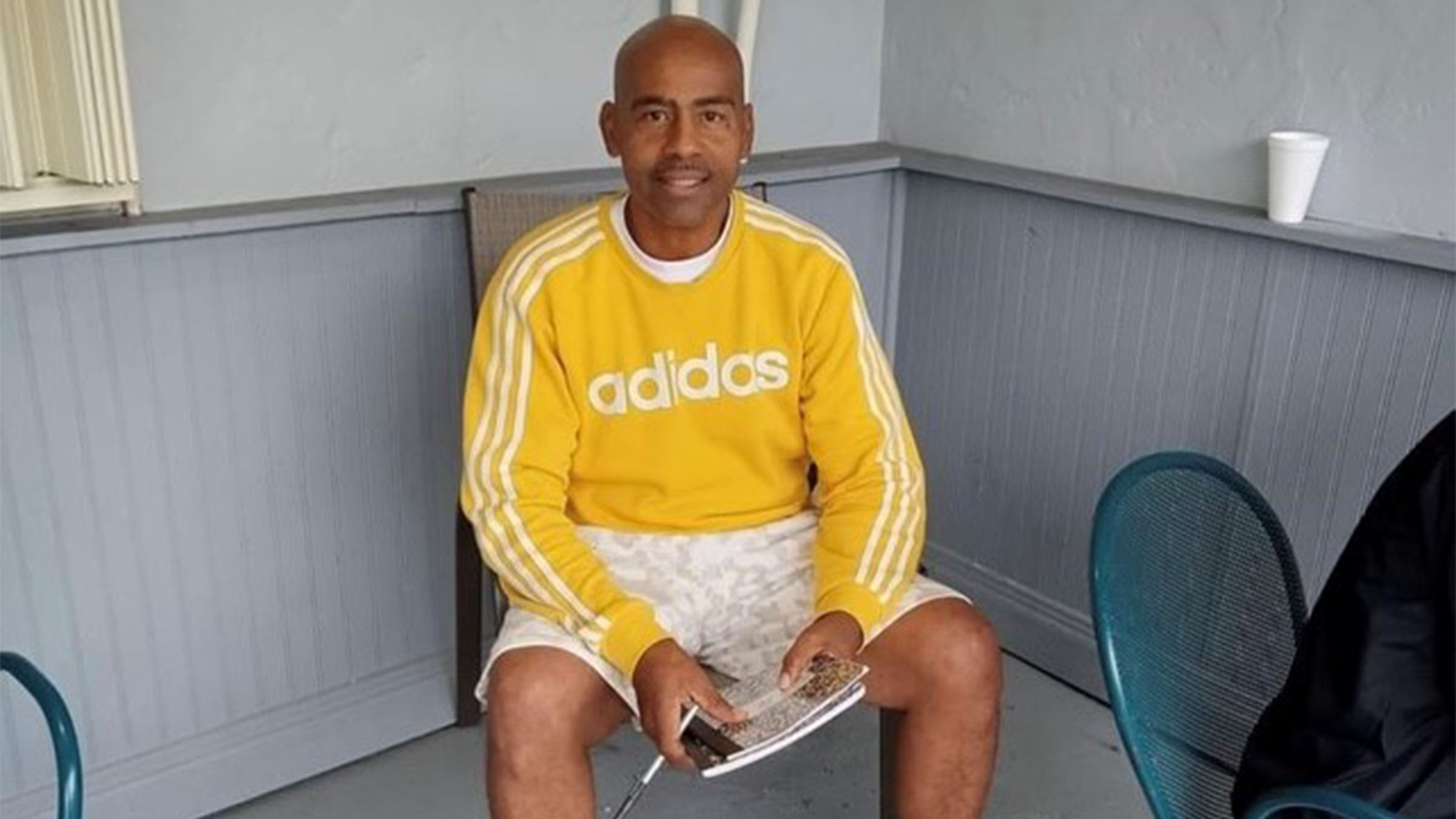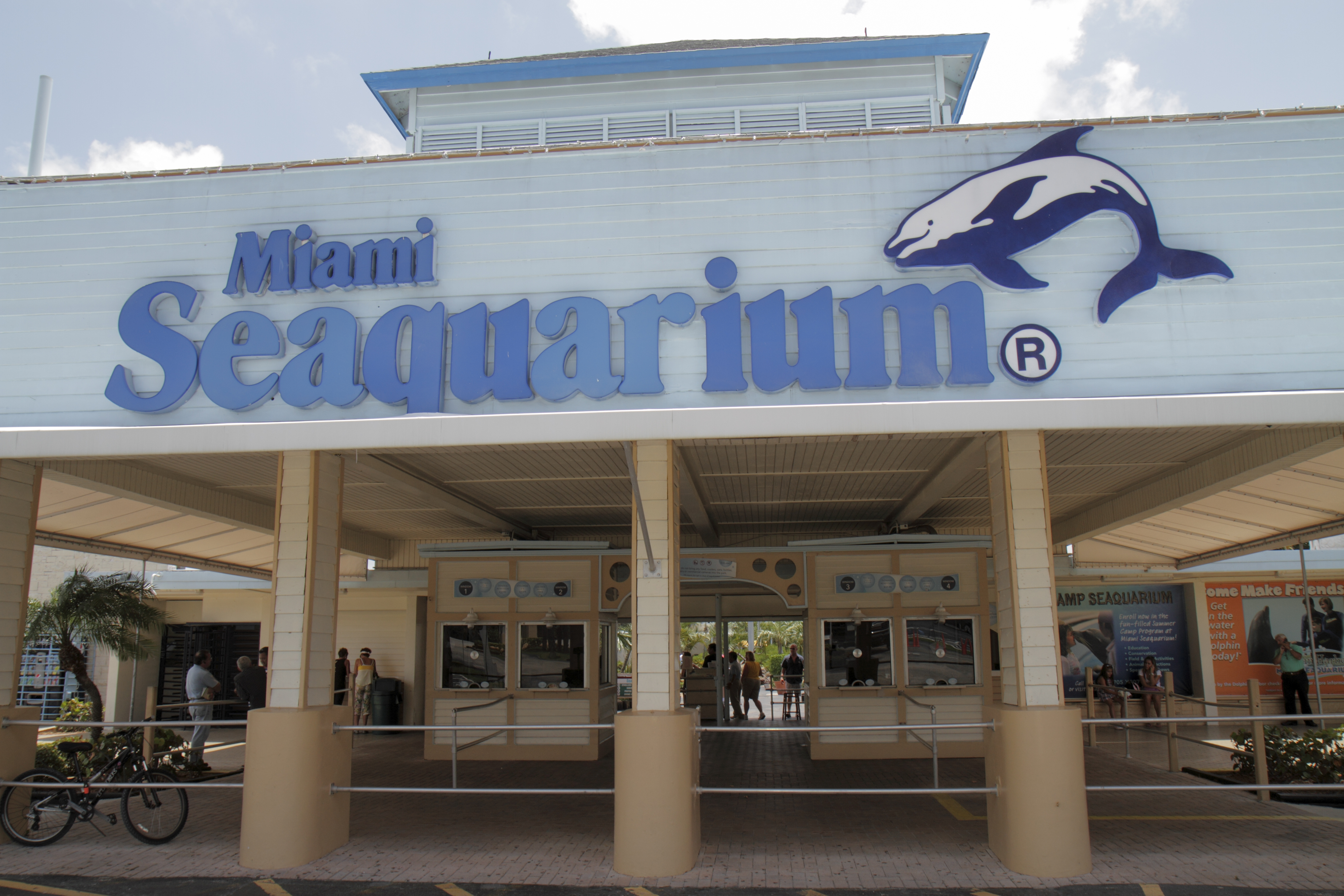The Miami-Dade Office of Emergency Management is issuing flood safety reminders ahead of the heavy rainfall and possible flooding this Friday and Saturday.
Potential Tropical Cyclone One formed Thursday night and is expected to bring heavy rainfall and possible flooding to South Florida over the weekend.
As a result, the National Weather Service issued a Tropical Storm Watch for South Florida until further notice, including a Flood Watch for coastal Miami-Dade and a Flood Advisory for Broward.
Some parts of South Florida could see as much as five inches of rain over the course of the system's impact. But rainfall forecasts are trending up with model output of as much as 10 inches in metro South Florida, according to NBC 6 Hurricane Specialist John Morales.
Get South Florida local news, weather forecasts and entertainment stories to your inbox. Sign up for NBC South Florida newsletters.
This system is forecast to approach the Florida peninsula on Friday night and early Saturday, then move across the peninsula during the day on Saturday, according to Miami-Dade Fire Rescue.
MDFR says that gusty, squally conditions and deteriorating marine and surf conditions will likely begin on Friday afternoon and continue into Saturday. During that time, considerable flooding is possible in streets and poorly-drained areas.
The forecast calls for the system to produce as much as six to ten inches of rain across South Florida, with some localized areas potentially experiencing higher amounts.
Local
Flooding is the nation's most common natural disaster, according to MDFR. Due to the expected weather conditions, the OEM wants the community to be ready and exercise a high level of caution in order to ensure their safety.
Officials advise that Miami-Dade residents prepare their businesses and homes for flooding regardless of location, but especially in low-lying areas, near water or downstream from a dam. MDFR says that even a very small stream or dry creek bed can overflow and create flooding.
Here are additional flood safety tips from the OEM to keep in mind:
- Protect your home: Elevate the furnace, water heater, and electric panel in your home if you live in an area that has a high flood risk. Consider installing "check valves" to prevent flood water from backing up into the drains of your home. Bring in outside furniture and move your valuables to higher places in your home. Unplug electrical appliances, moving them to higher levels, if possible. Do not touch an electric appliance if you are wet or standing in water.
- Review your emergency kit: Build or restock your emergency preparedness kit, including a minimum of 3 days of food and water for all members of your household, flashlight, batteries, cash, and first aid supplies. Don’t forget to also include supplies for your pets.
- Go over your emergency plan: Make a flood emergency plan for the relevant types of local flood risk with plans such as evacuation, shelter, locations for high ground or inland.
- Consult with your insurance provider about your home and commercial policy: Property insurance does not typically cover flood damage. Talk to your insurance provider about your policy and consider if you need additional coverage for your home and/or business.
- Familiarize yourself with the terms that are used to identify a flood hazard: Understand the difference between a flood watch, flood warning, and flash flood watch and warning. A flood watch or flash flood watch means there is a possibility of flooding or a flash flood in your area. A flood warning means a flood is occurring or will likely occur soon. If you are advised to evacuate do so immediately. A flash flood warning means a flash flood is occurring. Seek higher ground immediately; do not wait for instructions.
- Visiting South Florida? Know what to do when your vacation is suddenly interrupted due to severe weather.
- It is never safe to drive or walk into flood waters: Don't drive or walk around road barriers, or through large puddles. Hidden debris may be just under the surface that could hurt you or disable your car.
- It is vital to know what to do if you are driving and hit a flooded road: More than half of the deaths from flooding each year occur in vehicles. Turn around, don’t drown.
- Don’t underestimate the power of water: 6 inches of fast-moving flood water can knock over an adult. It takes just 12 inches of rushing water to carry away a small car, while 2 feet of rushing water can carry away most vehicles.
- Stay away from downed power lines and electrical wires: Electrocution is also a major killer in floods. Electrical current can travel through water. Report downed power lines to Florida Power and Light's customer service number at (305) 442-8770.
- Do not play in standing water: If water is stagnant for extended periods, there is a potential for contamination. Playing or remaining in standing water should be avoided.
- Sign up for free emergency alerts:Receive emergency texts or emails regarding public safety issues, recommended public protective actions or other emergency information by signing up for Miami-Dade Alerts.
- Monitor media: Continue monitoring local media or verified social media platforms for the latest updates, advisories and instructions from public safety officials. Follow OEM on Twitter @MiamiDadeEM and on Facebook.
For additional flood safety tips, click here.



